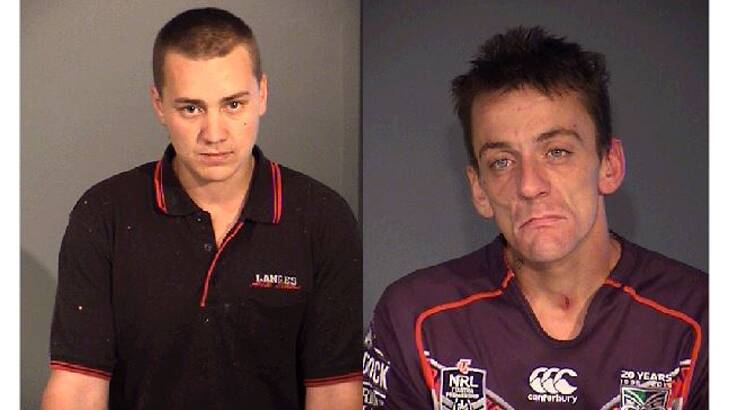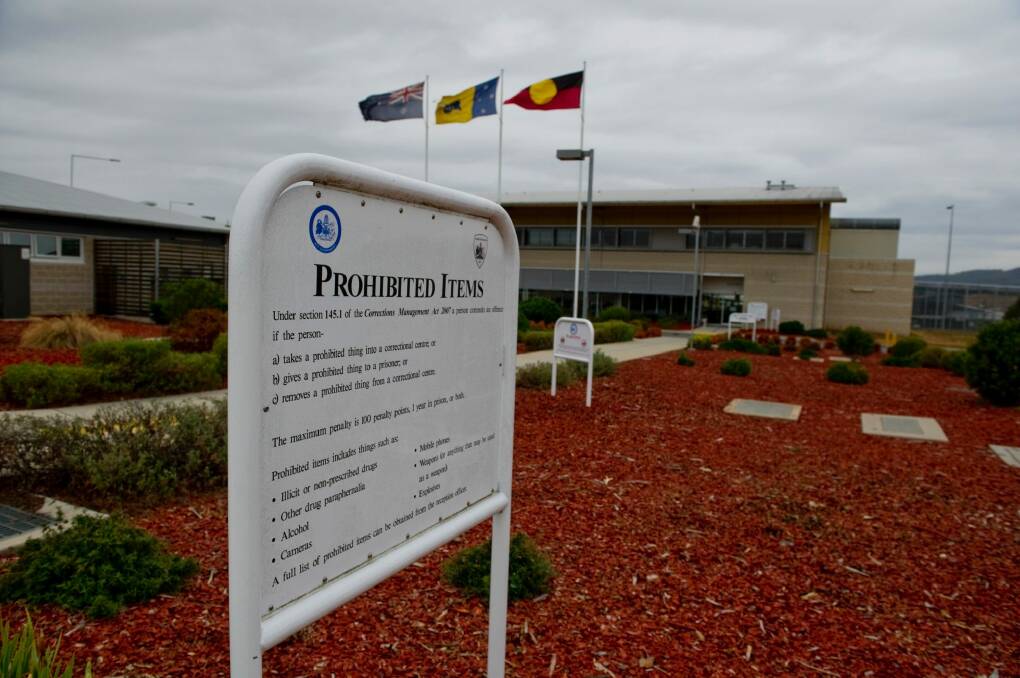The recent escape of Patrick McCurley and Jacob MacDonald from the Alexander Maconochie Centre, came as a shock as prison escapes do not seem to be as common these days as they were a decade or more ago. Even though prisoner numbers throughout Australia are increasing at an exponential rate, the number of escapes, Australia wide, is not following the same trend.
Subscribe now for unlimited access.
$0/
(min cost $0)
or signup to continue reading
This may be due to improved prison design or improved staff training and vigilance, but when escapes do occur they must be taken very seriously in order to prevent them becoming more common. The relevant minister, Shane Rattenbury, quite appropriately, has ordered an internal review to determine exactly how these escapes occurred and what modifications to physical structures or staffing arrangements need to be made.

The limited information available to the public suggests these two prisoners were on remand. They were accused of property offences which did not seemingly involve violence. They were housed in one of the minimum-security cottages, not unlike ordinary housing, and therefore much easier to exit compared to the cell blocks which would be classified as at least medium-security, if not maximum-security.
The as-yet-unanswered question is: how did they escape? Did they receive assistance from either inside or outside of the jail? Answering these questions will be the most challenging part of the internal review.

It is pleasing to see the media coverage of the escapes, and the recapture of both offenders after relative short periods of freedom, as well as the coverage of the review has been restrained and factual rather than alarmist. This is particularly true of The Canberra Times. Even though the story was given two front pages, this could be justified on the basis of novelty, rather than public anger.
Also, it is a matter of relief that no one, as far as I am aware, has yet suggested that two escapes in 12 months from a jail holding a little over 400 prisoners could be seen as extraordinarily high (perhaps close to the highest rate in Australia) if presented as escapes per 1000 prisoners per year. To go down that path would certainly be an alarmist over-reaction to a relatively mundane event.
At a much broader level, either this review or another inquiry must face the question of whether or not any serious attempt was made to establish the risk that these two accused persons could be to the security of the jail. Were they, after admission to the centre, interviewed to determine specifically the likelihood that they might try to escape or in any other way attempt to disrupt the smooth running of the institution?
They may well have been subjected to screening and assessment to determine their state of mind, immediate well-being and safety needs, but they could not have been subjected to rigorous assessment simply because they were not sentenced prisoners and were technically innocent citizens. On the other hand, sentenced prisoners, who constitute the overwhelming majority of the inmates in the AMC would all (except for perhaps those sentenced to very short periods) be required to go through the classification process.
Classification, in the first few days or weeks of custody, aims to determine in each case: physical and mental health; alcohol, drugs or gambling problems; family circumstances; suitability for participation in education, vocational training or therapeutic programs; the need for protection, including strict protection; criminal history and the probability of recidivism; and most importantly the probability of each newly-sentenced prisoner being an escape risk, a risk of self-harm, or a risk to the safety of staff or other prisoners.
This process leads to each sentenced prisoner being given a security classification and the development of a case plan for how and where the sentence will be served. This does not happen with remandees.
In all other Australian jurisdictions, remandees are generally held in relatively secure institutions, or parts of institutions, because very little is known about them. They are also housed separately from sentenced prisoners as is strongly recommended by the United Nations in The Standard Minimum Rules for the Treatment of Offenders. It is about time, in my view, for the ACT government to accept the principal of separation, even though it would not be possible for that to be implemented immediately.
In the coming decade, it is inevitable that prisoner numbers in the ACT, for remandees and sentenced prisoners, will increase substantially (at least in line with the anticipated increase in the general population) and more prison accommodation will be required.
When that time comes, there should be a move towards a correctional system comprising a number of different institutions rather than expecting a single institution to provide for the needs of many different types of offenders. One of those institutions would be for remandees, another would be for females (both remandees and sentenced), with the AMC being left as the only one catering for male sentenced prisoners.
I realise the concept of at least three separate institutions would be a radical departure from the theoretical basis for the design of the AMC. Nevertheless, I am convinced that such an approach would not cost any more public money as the costs per prisoner will come down with increasing numbers. Also, we would not be wasting money by keeping prisoners with low-security needs, such as women, in a high-security institution.
Even though there will be many more prisoners in years to come, it is essential that we continue to take every reasonable step to retain our position as the lowest, or second-lowest, imprisoning jurisdiction in Australia. With three separate correctional facilities, I believe that the central purposes of prisons could be more easily achieved. There would be greater respect for human rights, smoother management, fewer cases of harm, and, yes, fewer escapes.
David Biles is a semi-retired criminologist who lives in Canberra.
The advice of Dr John Paget, former NSW Inspector of Custodial Services, is acknowledged.

